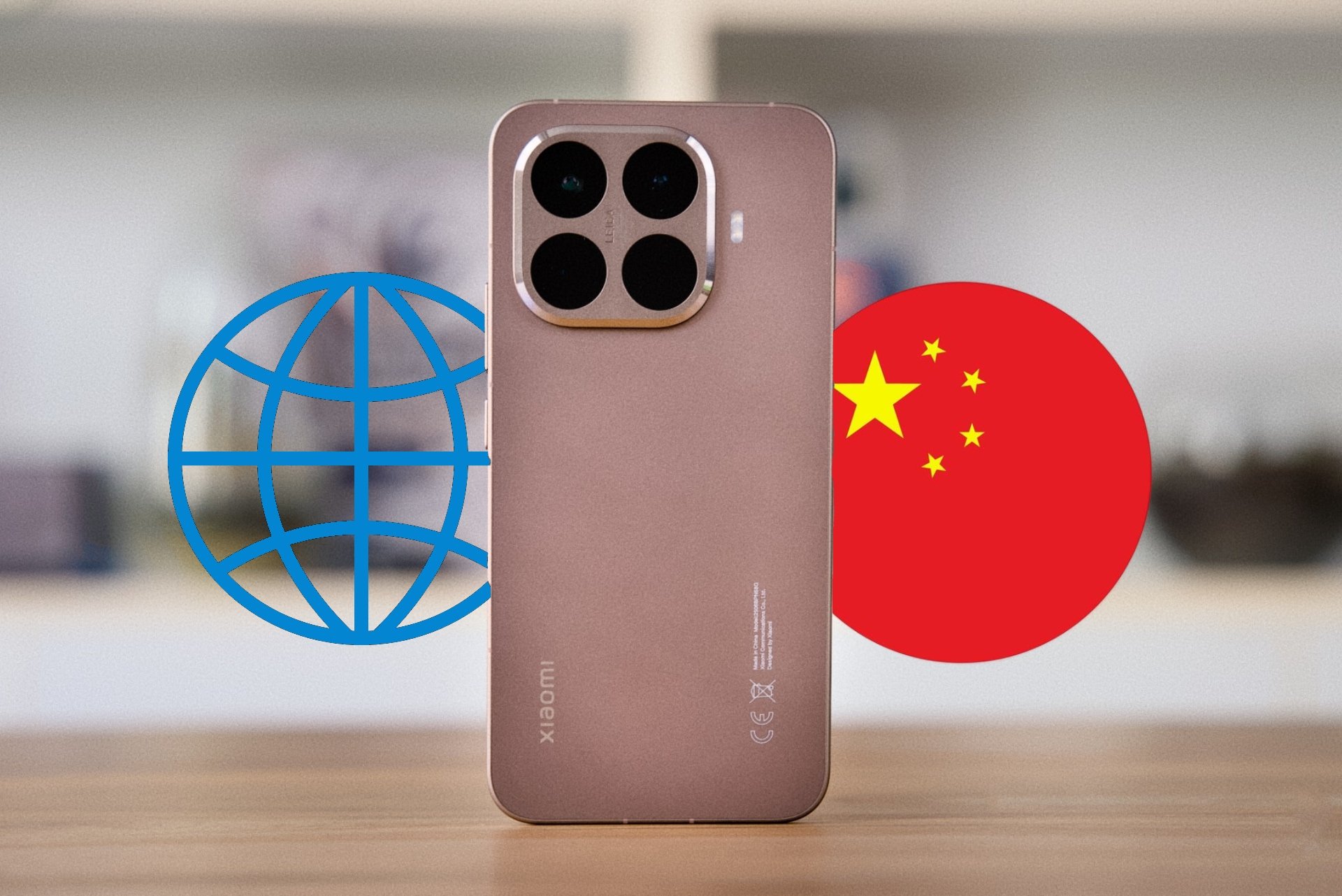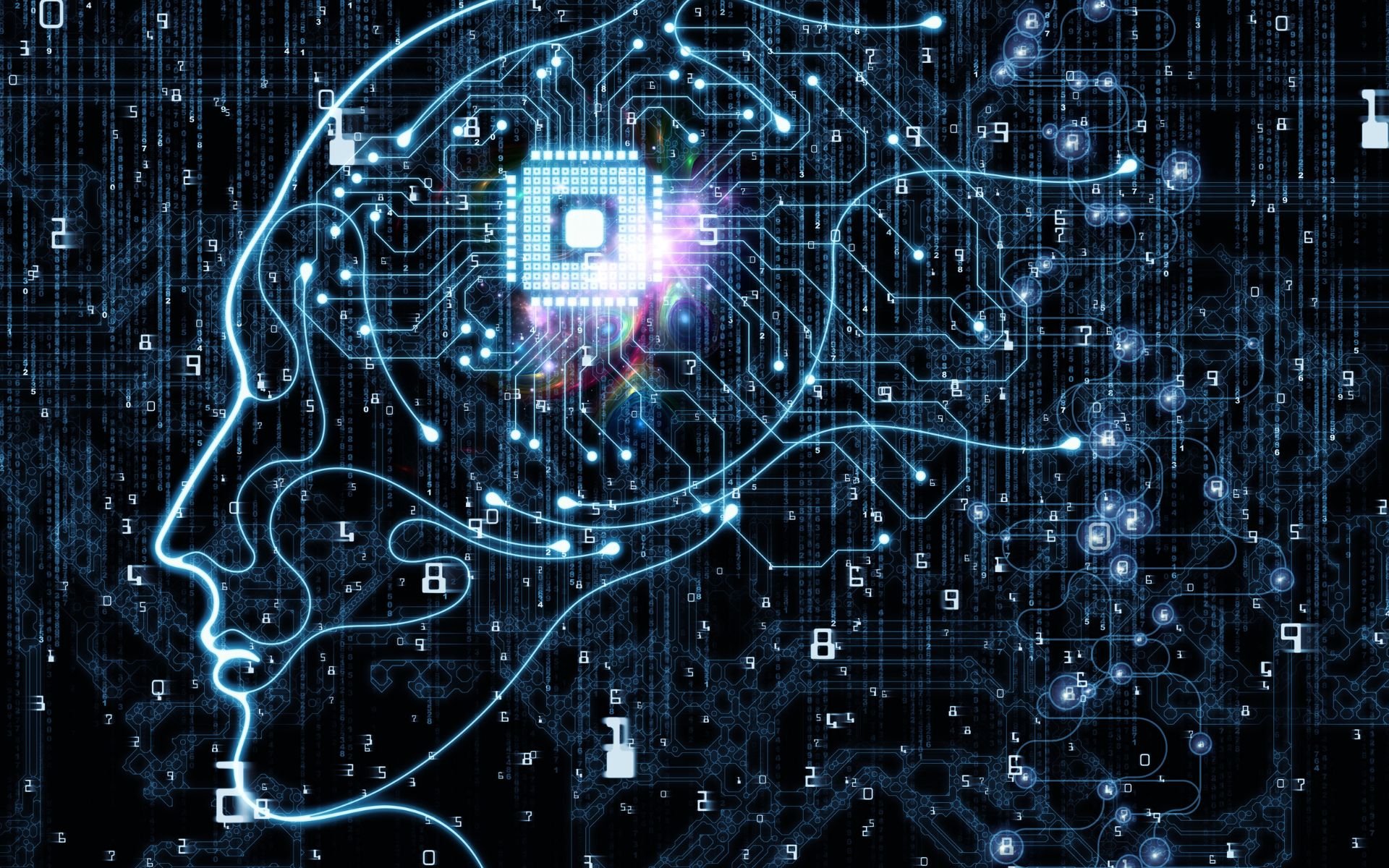A study recently published in Nature Electronics found the starting point for the introduction of new biocomputing technology, It has the ability to combine biological strategies to make these devices more powerful and sustainable than traditional models.
To do this, scientists in the fields of computational engineering and biology connected a “brain organoid.” Laboratory structure that directly mimics the human brain into an artificial intelligence (AI) system. The connection used the neural tissue itself to complete tasks performed by computational systems.
The idea is to increase the computational power of AI by combining collaborative machine learning with a complex 3D organoid model. These three-dimensional clusters of neurons, also known as mini-brains, are created from reprogrammed skin cells. These cells, which are encouraged to return to the stem cell stage in the laboratory, can turn into any tissue in the human body.
How did scientists connect the mini brain to Artificial Intelligence?
To test their hypothesis, the researchers used an AI hardware approach. “Adaptive Reservoir Computation of Biological Neural Networks in the Brain Organoid”Where the organoid is the reservoir, storing and reacting to input information.
Named Brainoware, Information processing occurs through information transmitted and received from the cerebral organoid via high-density multiple electrodes. “Basically, we can encode information – such as image or audio information – in the spatiotemporal pattern of electrical stimulation,” study co-author Feng Guo, a professor at Indiana Bloomington University in the US, explains in a release.
Although light years away from the structural workings of the real brain, the experiment managed to provide the system with “biological tricks” that could provide greater power and energy efficiency. Similarly, the method can also obtain valuable information about the functioning of the human brain, especially in the context of degenerative diseases such as Alzheimer’s and Parkinson’s.
What are the results of tests performed with a hybrid computer?
Although the organoid was a much more simplified structure than a real brain, it changed itself in response to electrical signals, providing a response similar to that the original organ would adopt. These changes are responsible for our ability to learn.
To demonstrate the practical potential of this new technique, the researchers used hybrid hardware to train an algorithm to complete two types of tasks: one for speech recognition and the other for estimating nonlinear equations (with curves, parabolas, and exponentials) in the reservoir computing structure. .
First experiment revealed approximately 78% accuracy The study says they were successful in recognizing Japanese vowels from hundreds of sound samples. In the second case, the result was considered “fairly accurate”, although it was below that obtained with regular machine learning models.
Stay up to date on the latest applications of artificial intelligence in the scientific field at TecMundo. If you wish, take the opportunity to discover how scientists design biocomputers with human brain cells.
Source: Tec Mundo
I’m Blaine Morgan, an experienced journalist and writer with over 8 years of experience in the tech industry. My expertise lies in writing about technology news and trends, covering everything from cutting-edge gadgets to emerging software developments. I’ve written for several leading publications including Gadget Onus where I am an author.












